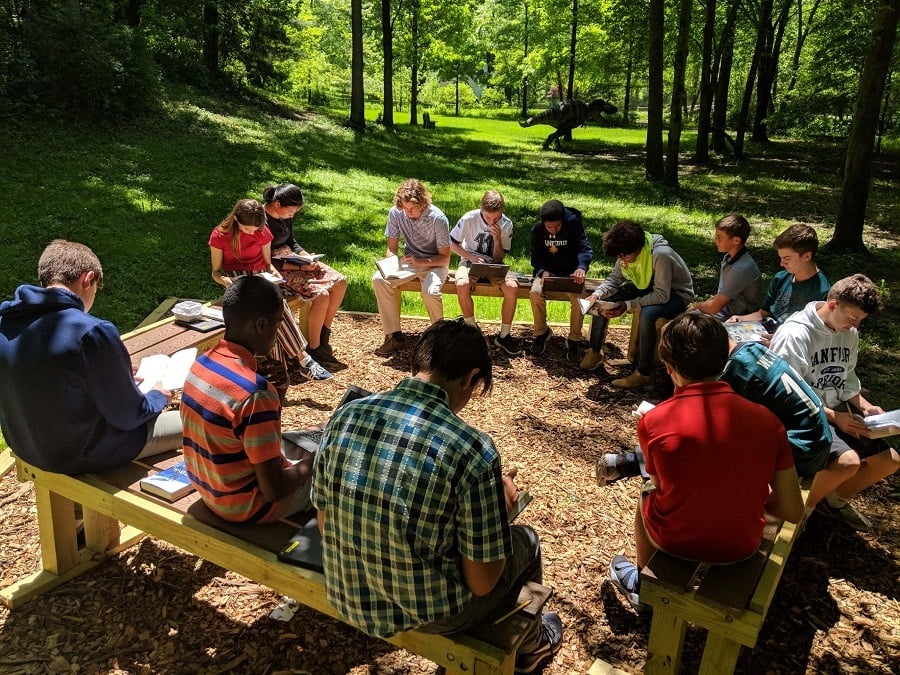The meaning of the word
diversity has been somewhat diluted by overuse and eclipsed by ambiguous interpretations. While some hear the word and think primarily about race or gender, the more expansive definition includes an array of identity markers.
Sanford School’s Statement on
Diversity utilizes that expansive interpretation:
Throughout the school’s history, Sanford has celebrated and respected the unique talents of our community members. We continue to create an inclusive, nurturing environment that instills a healthy respect for differences. Sanford values diversity at our core, including, but not limited to: culture, ethnicity, race, spirituality, gender, gender identity, sexual orientation, learning styles, socio-economic status, and interests.
It is widely accepted that there are significant benefits for all who are immersed in a diverse community, from learning how to appreciate and respect differences to acquiring lifelong skills like communication and listening for understanding. Achieving a diverse community, though, does not inherently lead to a community which values inclusivity and equity. Within any organization that values differences, there is work to be done to help each individual feel important, valued, known, and respected. This requires high levels of empathy and a commitment to having difficult conversations. So, what are some ways to work towards this ideal? Where there exist challenges, there are also opportunities for education, self-reflection, and growth. Below are four suggestions to take advantage of the opportunity
to
be
an active part of creating an inclusive community.

















